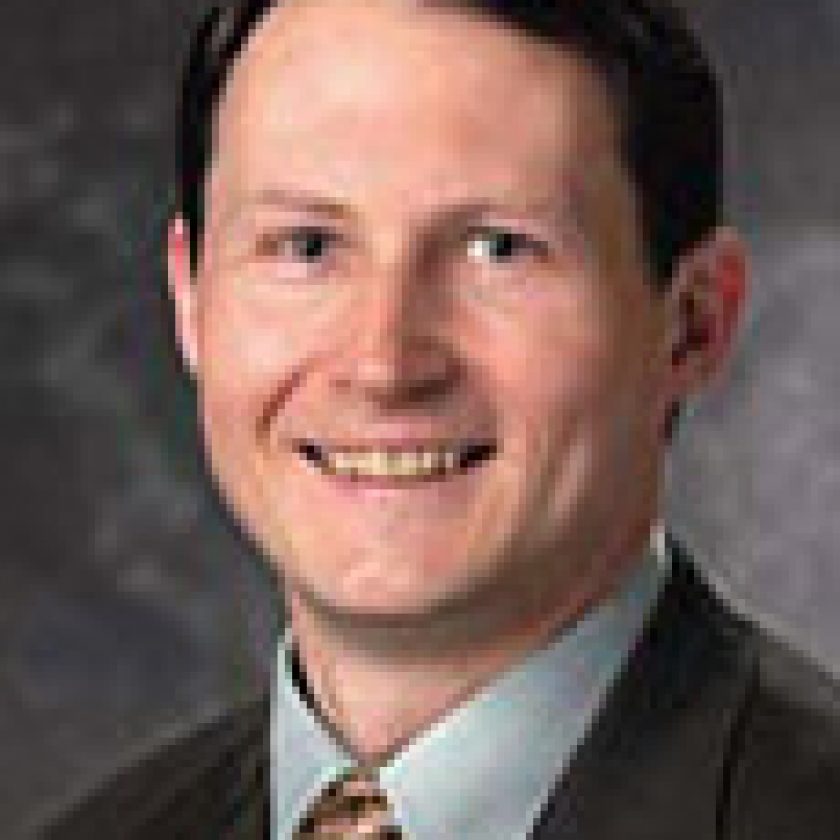Abstract
Optical communication systems can achieve very high data rates from size, weight, and power constrained terminals. This talk will identify the system trades for optical communications and describe the component technologies needed for highly efficient links. Different regions of the trade space will be highlighted with examples of airborne and space flight experiments including FOCAL (Free-Space Optical Communication Airborne Link) and LLCD (Lunar Laser Communication Demonstration). Future efforts for the International Space Station and the Orion Crew Capsule will also be described.
Biography
Dr. J. Scott Stadler is the Head of the Communication Systems Division at MIT Lincoln Laboratory. He directs a portfolio of programs spanning architecture definition, technology development, system prototypes, and reference implementation test beds that are advancing the capabilities of the nation’s communication networks. The Division focuses on military satellite communications, free-space laser communications, ground and air based tactical radios, spectrum operations, and the development of quantum technologies for communications. Dr. Stadler has been involved in the design, development, and operation of a number of NASA and DoD satellite systems. This work included the early design and prototype of an architecture for supporting packetized network services via satellite. He has also led research efforts focused on the seamless integration of wireless and terrestrial packet data networks, including long/ultralong-haul fiber networks, metropolitan area fiber access networks, and airborne/satellite wireless access networks. He holds a BS degree from Worcester Polytechnic Institute, an MS degree from the University of Southern California, and a PhD degree from the University of Pennsylvania, all in electrical engineering.

Scott Stadler
MIT Lincoln Lab
EEB 105
24 Oct 2017, 10:30am until 11:30am
Sumit Roy

